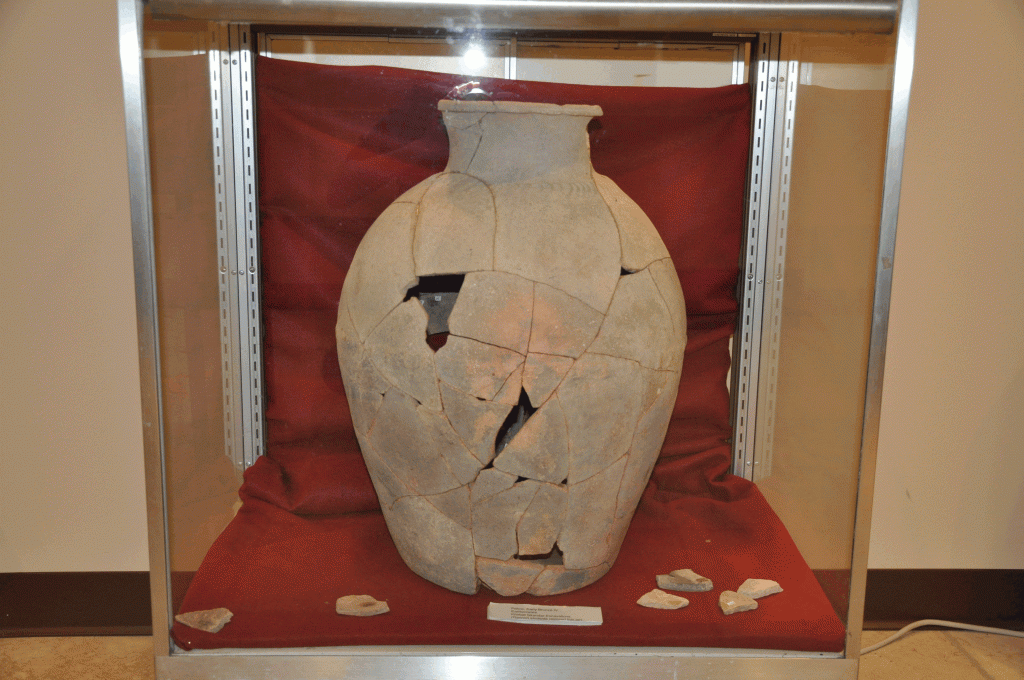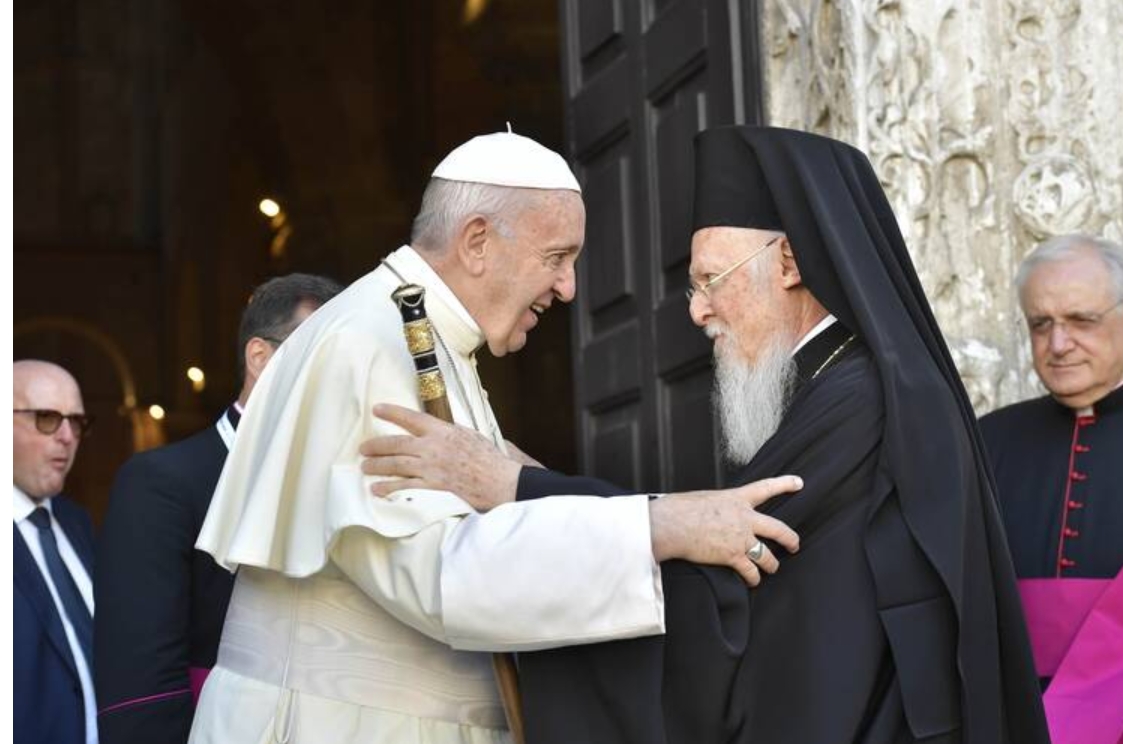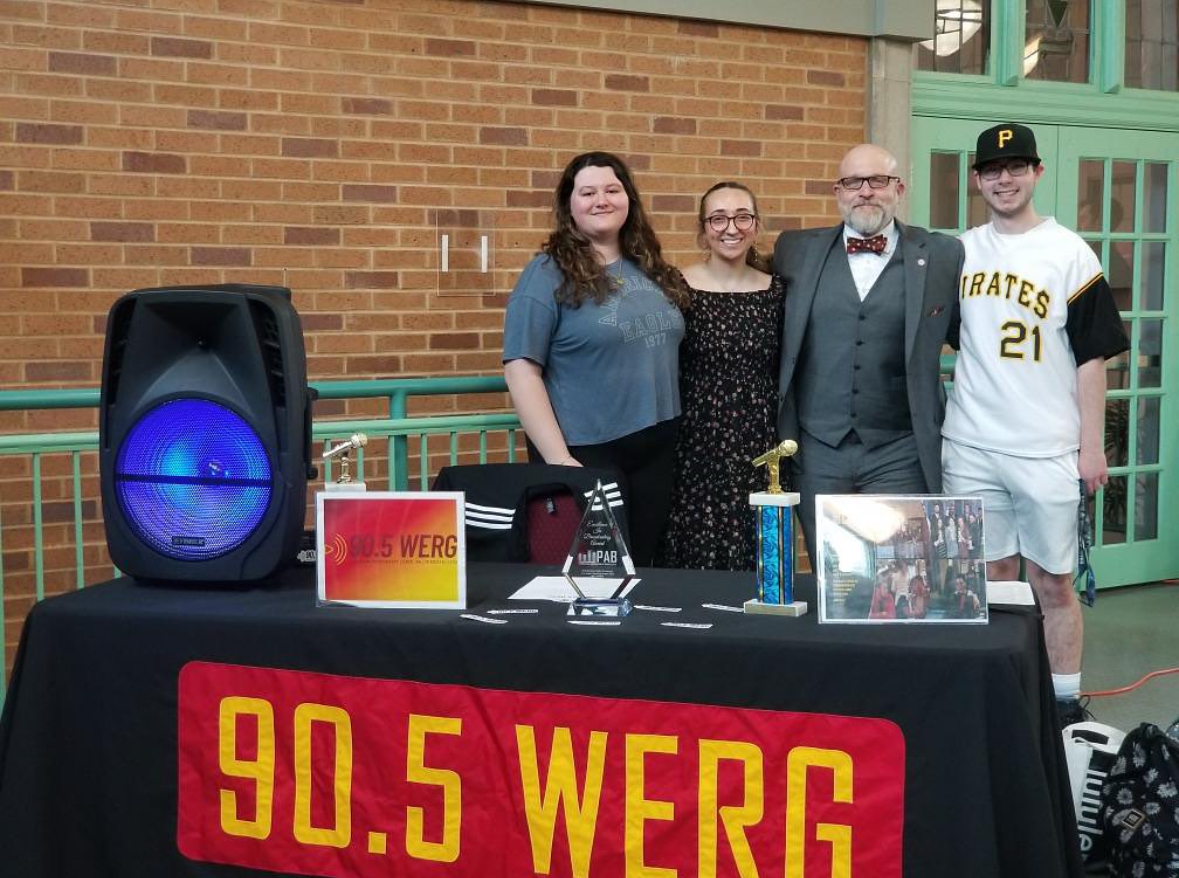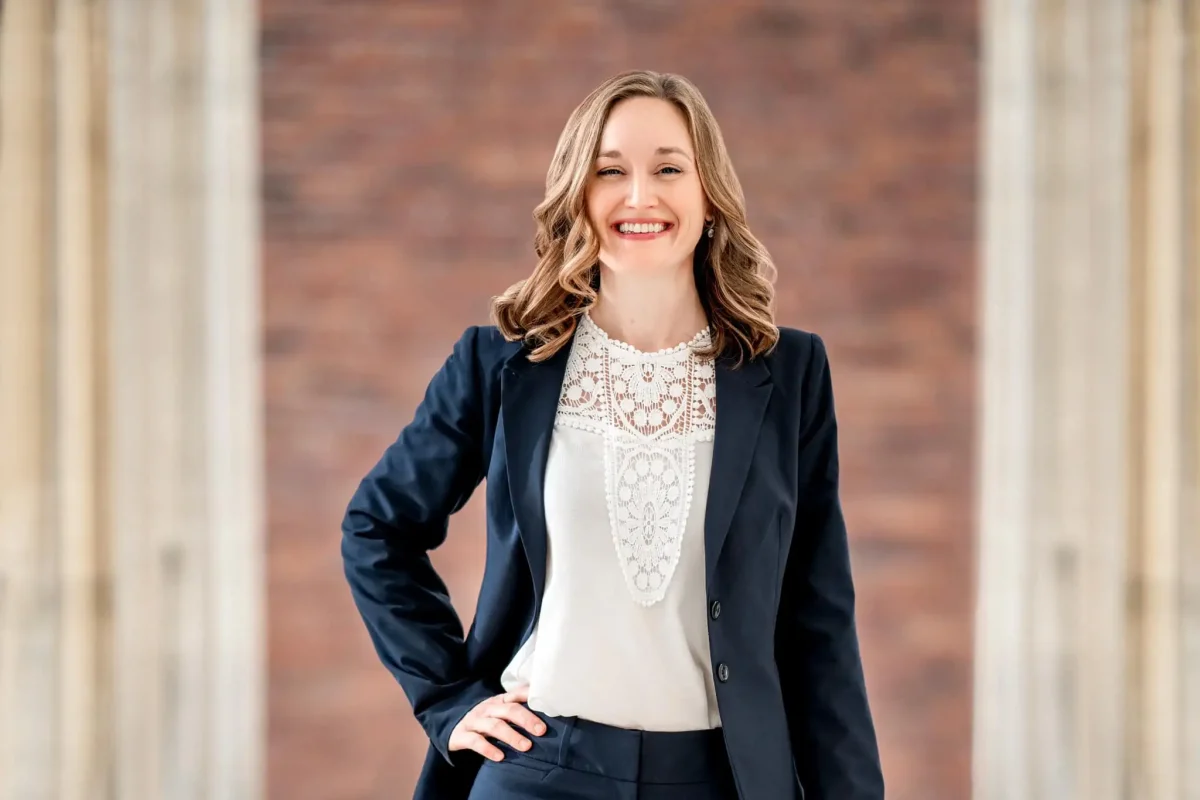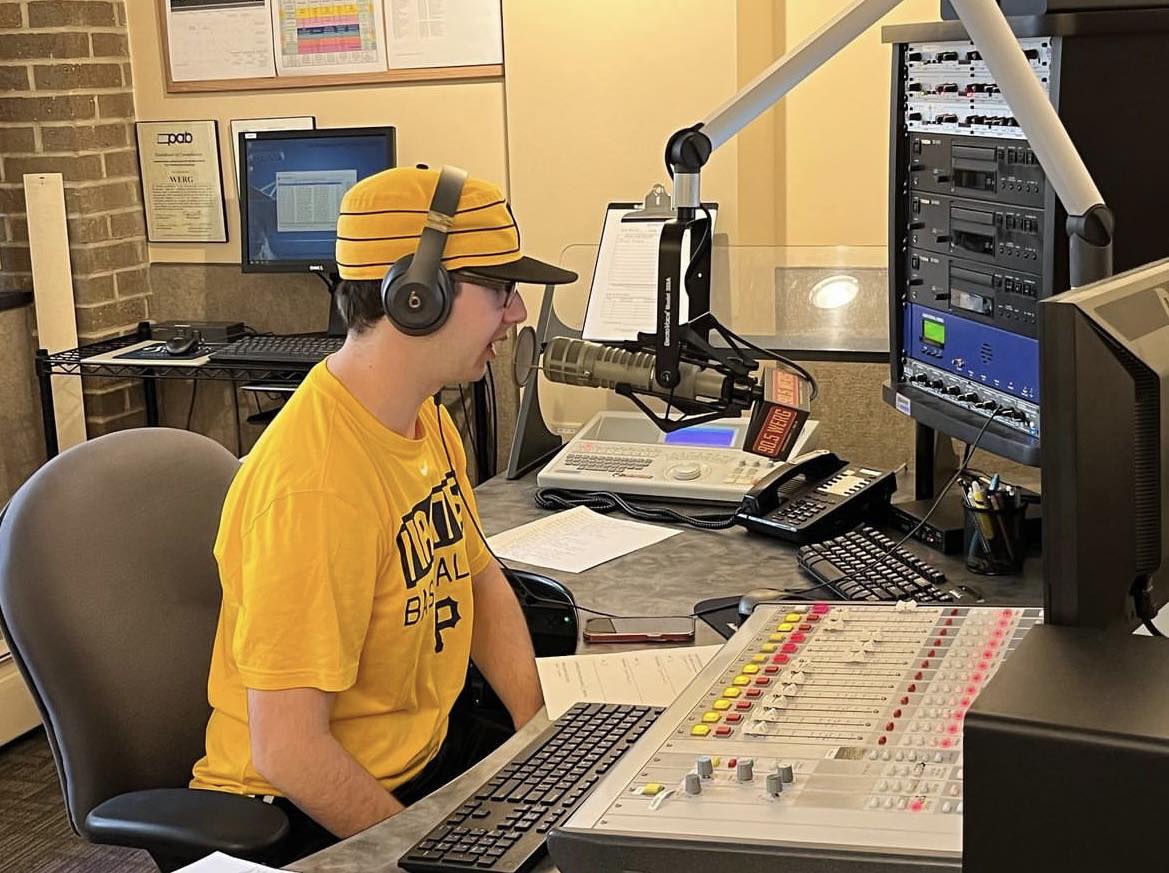Gannon University’s Archaeological Museum is celebrating its second semester birthday. The museum first opened its doors the fall semester of 2014, after being given the space to display a vast number of artifacts in the new Center for Communication and the Arts.
The goal was to bring attention to the ancient artifacts that balance the contemporary art of the Schuster Gallery, located just across the hallway. The opening of the new building was an opportunity to get these artifacts out of a dusty corner in Palumbo Academic Center and into the light of the lobby of the communications building.
The museum has three main collections: Dr. Suzanne Richard’s Khirbat Iskandar collection, a Grecian collection donated by the Pulako family and pieces donated from the Erie Historical Society.
The pride of the collection is the Richard’s Jordanian exhibit, Khirbat Iskandar, which translates to “Ruins of Alexander [the Great].” Richard, the first American woman to be granted a permit as director of an expedition in Jordan, has been excavating at this site since 1981. Richard has excavated the site for nine major field seasons, the last being 2013 and the next to be 2016.
“We always take students [many from other universities and from overseas] and hope to again in 2016,” Richard said. “We normally offer weekend trips around Jordan as a way to learn about the people and culture of the land, as well as see many of the archaeological sites in the land. Usually a trip to another country is offered at the end; in 2013 we went to Turkey.”
Many of the pieces discovered abroad can be found in Richard’s lab here at Gannon University. Richard is the director of the Collins Institute for Archaeological Research and the Archaeology Museum Gallery. The students that take her classes and others in the Gannon community have been given the chance to touch history by
Gannon University’s Archaeological Museum is celebrating its second semester birthday. The museum first opened its doors the fall semester of 2014, after being given the space to display a vast number of artifacts in the new Center for Communication and the Arts.
The goal was to bring attention to the ancient artifacts that balance the contemporary art of the Schuster Gallery, located just across the hallway. The opening of the new building was an opportunity to get these artifacts out of a dusty corner in Palumbo Academic Center and into the light of the lobby of the communications building.
The museum has three main collections: Dr. Suzanne Richard’s Khirbat Iskandar collection, a Grecian collection donated by the Pulako family and pieces donated from the Erie Historical Society.
The pride of the collection is the Richard’s Jordanian exhibit, Khirbat Iskandar, which translates to “Ruins of Alexander [the Great].” Richard, the first American woman to be granted a permit as director of an expedition in Jordan, has been excavating at this site since 1981. Richard has excavated the site for nine major field seasons, the last being 2013 and the next to be 2016.
“We always take students [many from other universities and from overseas] and hope to again in 2016,” Richard said. “We normally offer weekend trips around Jordan as a way to learn about the people and culture of the land, as well as see many of the archaeological sites in the land. Usually a trip to another country is offered at the end; in 2013 we went to Turkey.”
Many of the pieces discovered abroad can be found in Richard’s lab here at Gannon University. Richard is the director of the Collins Institute for Archaeological Research and the Archaeology Museum Gallery. The students that take her classes and others in the Gannon community have been given the chance to touch history by helping to put these pots back together. Richard’s goal is “to give students hands-on opportunities to work with 5,000 year old artifacts.”
Tiffany Harris, a senior history major and archaeology minor, is Richard’s work study.
“In the Jordanian pottery you can actually see the finger prints of the people living more than 3,000 years ago,” Harris said.
The Rev. Shawn Clerkin, one of the lucky few to help with the reconstruction of the Bronze Era pottery, described it as a religious experience.
“There was something about touching this clay pot knowing that somebody else had touched it – it kind of transports you to another place in time and made some of those remote stories and times very present.
“I would even go as far to say sacramental. The pot made present something from 2,000 years ago. For me, the same thing happens when we do worship on Sunday mornings – we have this moment where time travels.”
Khirbat Iskandar caught the attention of Richard because in the Bronze Age the people of Jordan were nomadic, but this site had been settled. Richard’s dissertation from The Johns Hopkins University was on the urban/non-urban transition from Early Bronze III to IV (ca. 2500 BC).
“Because of that work, I hoped to test some hypotheses at a site having that occupational span,” she said. “Fortunately, even though I was right out of grad school with a newly minted Ph.D., I was able to get the permit.”
Richard set off to Jordan, shattering the “glass-ceiling” of the male-dominated field of archaeology.
Upcoming in the museum: A Persian collection holding pottery dated back to the Early Bronze Age and an ancient Greek coin collection. It can take anywhere from a few weeks to a few months to implement a new exhibit.
ELLISE CHASE


